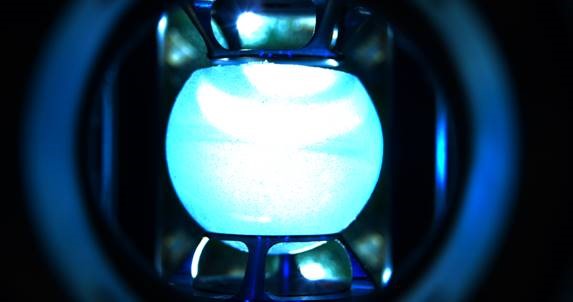
HUNTSVILLE, AL – July 23, 2019 – For decades, Teledyne Brown Engineering has developed and delivered complex science payloads for NASA. On May 14, 2019, the company delivered one of its latest Space Station experiments, the Ring Sheared Drop (RSD), to NASA’s Human Exploration and Operations Mission Directorate’s Space Life and Physical Sciences Research and Applications (SLPSRA) Division. RSD was built and delivered under a contract managed by Marshall Space Flight Center. RSD will study the formation of the amyloid fibrils that are found in the brain tissues of patients suffering from neurodegenerative diseases like Alzheimer’s. In experiments on Earth, scientists have found that these amyloid fibrils can be created by shear flow, which is flow is resulting from a difference in flow velocity between adjacent layers of a liquid. On Earth, container walls and heat convection affect the formation of the fibrils. Scientists want to run the experiments in microgravity where there is no heat driven convection and where liquids form into a spherical drop, thus eliminating the need for a container. For this experiment, Teledyne Brown Engineering designed the hardware from initial concept, fabricated and assembled the flight hardware, and created the software that allows the hardware to be controlled from the ground.
Teledyne Brown Engineering also assembled the flight sample syringes used to carry out the experiment and loaded them with the protein solution that will be sheared in space. The company is training mission scientists on hardware and software operations.
“This project is a prime example of the many amazing discoveries and advancements possible with partnering between NASA, research, and industry,” stated Jan Hess, President of Teledyne Brown Engineering. “Our hope is that this experiment brings the scientific community closer to unlocking the mysteries of this life altering disease that affects so many people worldwide every day”.
This experiment will take place in the Microgravity Science Glovebox aboard the International Space Station (ISS). It is scheduled to launch aboard SpaceX CRS-18 in July of 2019, and will operate for several years on ISS.
